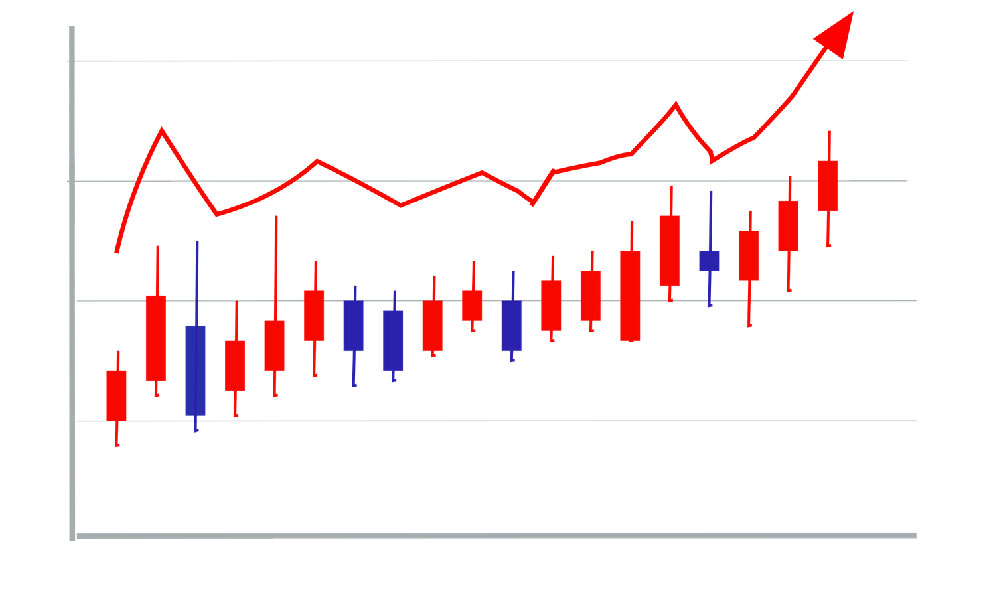
Exchange Traded Funds (ETFs) have become increasingly popular among both novice and seasoned investors, offering a compelling entry point into the world of investing, especially in dynamic and sometimes volatile markets like the cryptocurrency space. Understanding why and how to begin investing in ETFs requires a careful consideration of their inherent benefits, the specific types of crypto-related ETFs available, and a solid understanding of risk management principles.
One of the primary reasons ETFs are attractive to beginners is their diversification. Instead of investing in a single cryptocurrency, an ETF allows you to gain exposure to a basket of assets. This could be a collection of different cryptocurrencies, companies involved in blockchain technology, or even a mix of both. By spreading your investment across multiple entities, you significantly reduce the risk associated with the underperformance of any single asset. Imagine putting all your investment capital into one promising, yet ultimately flawed, altcoin. An ETF mitigates this danger, allowing you to participate in the overall growth of the sector without being overly reliant on any particular participant.
Another key benefit is accessibility. Cryptocurrencies themselves can be complex to acquire and store. Setting up wallets, navigating exchanges, and understanding private keys can be daunting for beginners. ETFs, on the other hand, are traded on traditional stock exchanges, making them readily available through brokerage accounts that many people already possess. This ease of access lowers the barrier to entry for those interested in crypto investment but hesitant to grapple with the technical complexities. Furthermore, the regulatory oversight associated with traditional exchanges provides a degree of investor protection that is often lacking in the unregulated world of cryptocurrency trading.

When exploring crypto-related ETFs, it's crucial to differentiate between the various types available. Some ETFs directly track the price of a single cryptocurrency, like Bitcoin or Ethereum. These are often called spot ETFs. Others may invest in companies that are involved in the cryptocurrency ecosystem, such as mining companies, blockchain technology developers, or cryptocurrency exchanges. Still others could utilize futures contracts to gain exposure to the crypto market. Each type of ETF carries its own set of risks and rewards. For instance, spot ETFs are directly linked to the price fluctuations of the underlying cryptocurrency, while ETFs focusing on related companies may be less volatile but also less directly correlated to crypto price movements. Futures-based ETFs can be subject to contango and backwardation, which can impact their long-term performance.
Therefore, determining the right starting point involves carefully assessing your own risk tolerance and investment goals. Are you looking for direct exposure to the price action of Bitcoin or Ethereum? Or are you more comfortable with a diversified approach that spreads risk across multiple blockchain-related businesses? Do you understand the nuances of futures contracts and the potential impact of contango and backwardation? Answering these questions will help you narrow down your options and choose an ETF that aligns with your individual needs.
Before investing in any ETF, thorough due diligence is paramount. Carefully examine the ETF's prospectus, which provides detailed information about its investment strategy, holdings, fees, and risks. Pay close attention to the expense ratio, which represents the annual cost of owning the ETF. A higher expense ratio can erode your returns over time. Also, research the ETF's historical performance, but remember that past performance is not necessarily indicative of future results.
Beyond understanding the specifics of individual ETFs, it's essential to have a solid grasp of basic investment principles. One fundamental concept is dollar-cost averaging, which involves investing a fixed amount of money at regular intervals, regardless of the asset's price. This strategy helps to smooth out the impact of market volatility and can potentially lead to better average returns over the long term. Another crucial principle is diversification, not just within a single ETF, but across your entire investment portfolio. Don't put all your eggs in one basket.
Managing risk is an ongoing process. Even with the diversification benefits of ETFs, the cryptocurrency market remains inherently volatile. It's important to set realistic expectations and be prepared for potential drawdowns. Avoid investing money that you cannot afford to lose. Regularly review your portfolio and rebalance it as needed to maintain your desired asset allocation. Consider setting stop-loss orders to limit potential losses.
Finally, continuous learning is essential for success in the world of cryptocurrency investing. Stay informed about market trends, technological developments, and regulatory changes. Read reputable financial news sources, attend industry conferences, and consider consulting with a qualified financial advisor. The crypto landscape is constantly evolving, and staying ahead of the curve is crucial for making informed investment decisions. Remember, investing in ETFs is not a get-rich-quick scheme. It's a long-term strategy that requires patience, discipline, and a commitment to continuous learning. By taking a measured and informed approach, you can increase your chances of achieving your financial goals and mitigating potential risks.





